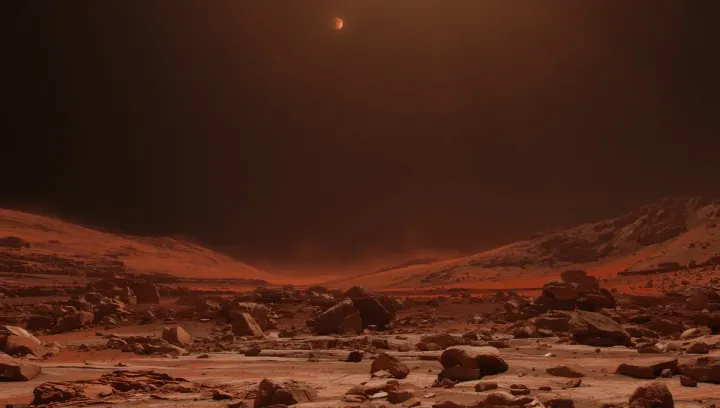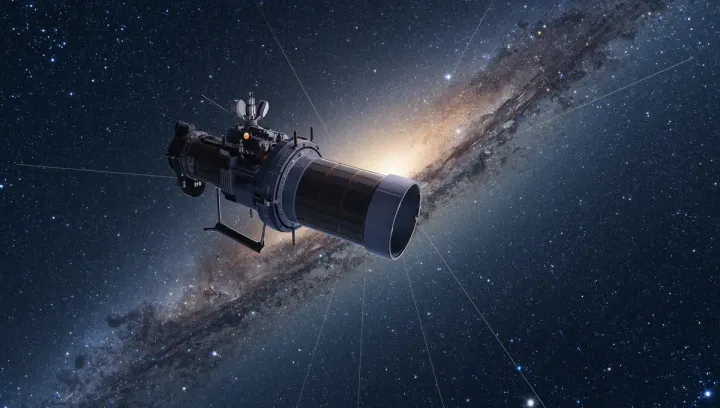
The Cosmic Noon Enigma: A Mystery That Challenges Modern Astronomy
I love it when astronomy reminds us of how insignificant we are and, at the same time, how massive our desire to understand the universe is. Every so often, a new discovery doesn’t answer a question but instead creates an even more fascinating one. And that’s exactly what has happened with the so-called “Cosmic Noon.”
The term itself is poetic. The “Cosmic Noon” was a frantic period, about two to three billion years after the Big Bang, when the universe was at the peak of its productivity. Galaxies were forming stars at a blistering pace-10 to 100 times faster than they do today. It was the loud, energetic adolescence of the cosmos.
But this era is shrouded in cosmic dust, making it difficult to observe with optical telescopes. To peer through the veil, a team of researchers led by Fatemeh Tabatabaei at the Institute for Research in Fundamental Sciences (IPM) used a combination of powerful radio telescopes, including the South African MeerKAT, the Very Large Array, and the Giant Metrewave Radio Telescope.
Their goal was to analyze the radio signals from 160 of these “teenage” galaxies to get a clearer picture of their star formation. And that’s where they found a fascinating puzzle.
The Energetic Anomaly
The team was studying the synchrotron radiation emitted by these galaxies, which is a tell-tale sign of high-energy electrons (cosmic rays) spiraling along magnetic fields. They found that the “synchrotron spectral index”-a measure of the energy of these electrons-was much “flatter” than expected. In simple terms, the cosmic ray electrons in the early universe were far more energetic than they are today.
Herein lies the paradox. Cosmic rays are known to lose energy rapidly when they travel through strong magnetic fields. And the galaxies at Cosmic Noon, with their high rates of star formation and resulting supernova explosions, should have had incredibly strong and turbulent magnetic fields. So, the electrons should have been less energetic, not more.
What could explain this discrepancy?
A Storm of Particles
Professor Tabatabaei and her team have a compelling theory. They suggest the magnetic fields in these early galaxies were so intensely tangled and turbulent that they acted as colossal particle accelerators. They boosted the cosmic rays to incredible energies so quickly that the particles were flung out, or “decoupled,” from the galaxy before the magnetic fields had a chance to drain their energy.
This paints an incredible picture: the most active galaxies of the Cosmic Noon weren’t just forming stars, they were likely embedded in massive, invisible haloes of high-energy cosmic rays they had ejected themselves.
What I find most fascinating about all this isn’t a neat and tidy answer, but the elegance of the puzzle itself. Every time we build a better tool, like the MeerKAT telescope, we don’t just confirm what we know; we find anomalies that challenge our fundamental assumptions. It’s a powerful reminder that we are still just toddlers in our understanding of the cosmos.
This research is a stepping stone for what’s to come. The upcoming Square Kilometer Array (SKA) observatory will be able to map a billion galaxies in radio detail, and work like this provides a crucial foundation for interpreting the data it will send back.
For me, this kind of “problem” is what makes science so exciting. It’s not about having all the answers, but about finding better and better questions.


